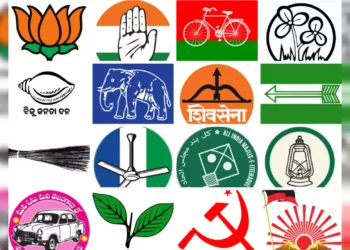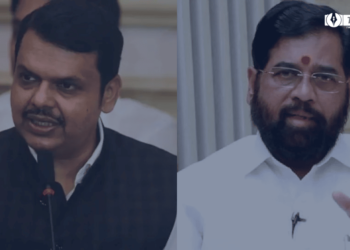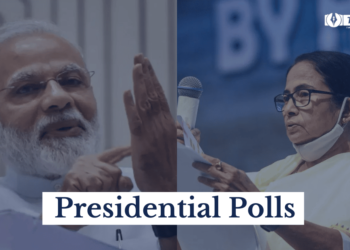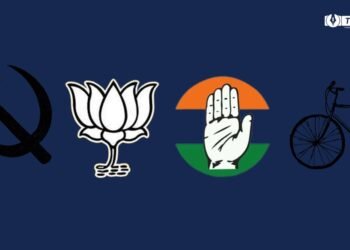[ad_1]
The pandemic has made a huge number of people realize the importance of healthcare. We believe one of the results of the panic caused by this pandemic has drastically impacted India’s healthcare industry. Many took up dancing from various online classes and exercising at home from companies like cult.fit (who bought in celebs too), YouTube, etc.
Healthcare comprises hospitals, medical devices, clinical trials, outsourcing, telemedicine, medical tourism, health insurance, and medical equipment. India’s healthcare has both private players, i.e., up to 70 per cent according to 2020 financial reports, and 30 per cent public, meaning government-provided healthcare. India’s competitive advantage lies in its large pool of well-trained medical professionals, which makes up 20 health workers per 10,000 people. The country is obviously cost-competitive too as compared to its peers in Asia and Western countries. The cost of surgery in India is about one-tenth of that in the US or Western Europe.
Healthcare among states, rural, and urban areas can be differentiated easily as we all know the underdeveloped areas of India face problems of a lesser number of doctors available to cater to the needy as compared to the residents of relatively more affluent states, who can now get access to doctors while sitting at home online through a few taps on their mobile devices. While public hospitals offer free health services, these facilities are understaffed, poorly equipped, and located mainly in urban areas. Due to the lack of adequate coverage by the health care system in India, many Indians turn to private healthcare providers, although this is an option that is generally inaccessible to the poor.
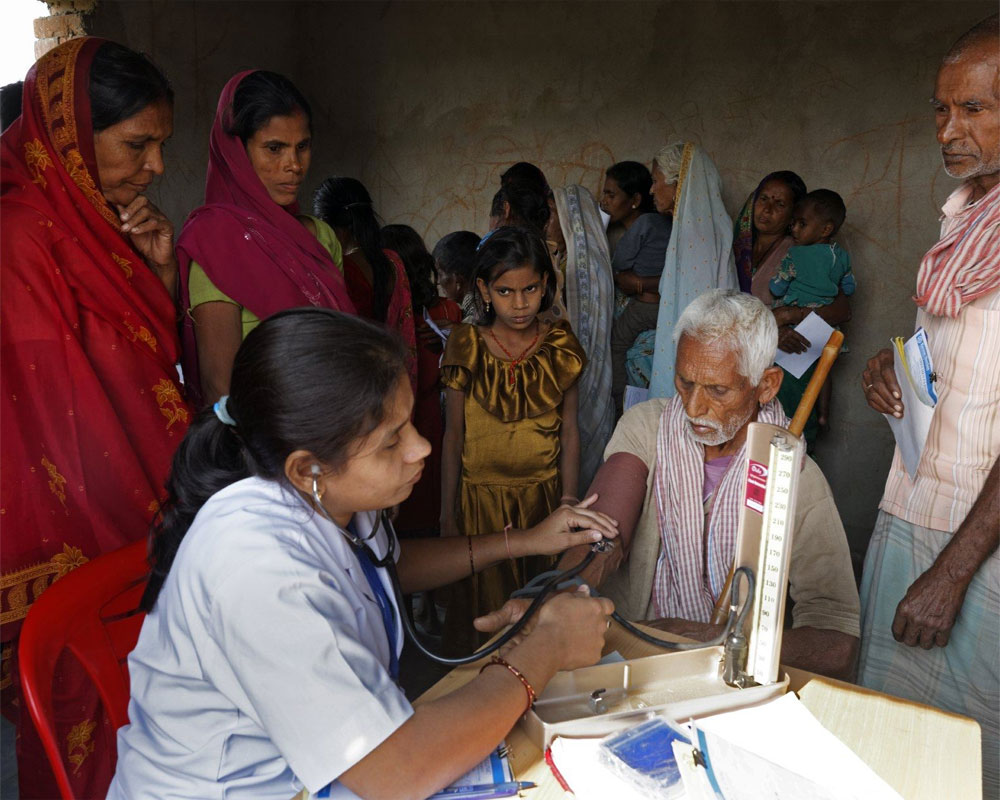
To help pay for healthcare costs, insurance is available and often provided by employers, but most Indians lack health insurance, and out-of-pocket costs make up a large portion of the spending on medical treatment in India. It is a known fact that accessible and affordable healthcare in the public sector can considerably reduce the rise in dependence on private institutions. Most health services are, therefore, provided by private facilities, and 65 per cent of medical expenses in India are paid out of pocket by patients.
Another one of the drawbacks of the Indian healthcare system is the severe shortage of trained medical professionals required in the medical stream. This includes doctors, nurses, paramedics, and primary healthcare workers. The situation remains quite worrisome in rural areas, where almost 66 per cent of India’s population resides. The doctor-to-patient ratio in India is (80%) of 10.41 lakh doctors currently practising in India, which is a doctor-to-patient (D:P) ratio of 0.74:1000, for a population of 1.40 billion (140 crores) as of December 2021. The WHO recommendation of a minimum D:P ratio is 1:1000.
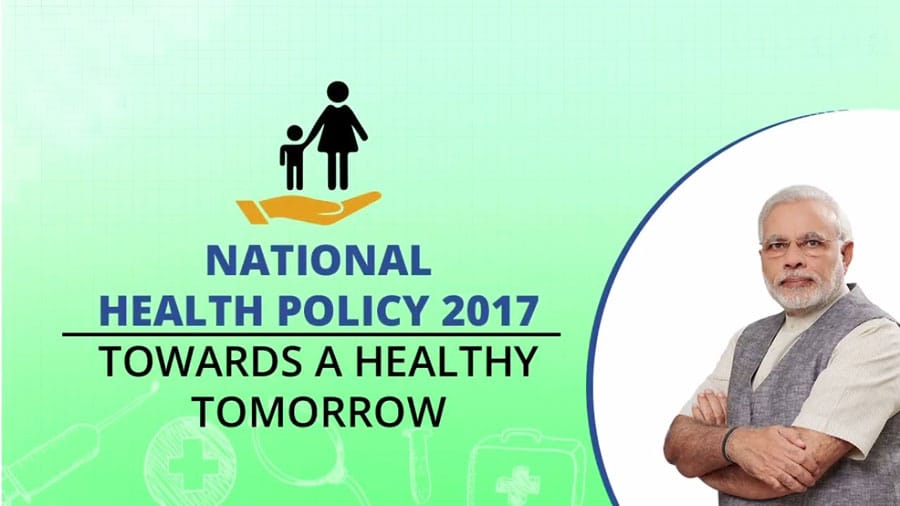
The latest National Health Policy (NHP) 2017’s aim is to inform, clarify, strengthen, and prioritize the role of the government in shaping health systems in all their dimensions-investments in health, organization of healthcare services, prevention of diseases, and promotion of good health. In other words, to provide assured healthcare for all at an affordable cost. However, there is a lot more effective action required under the NHP 2017. Ideally, public health policy needs to be focused on proactive healthcare, rather than reactive healthcare. This asymmetry needs to be suitably addressed for the growth of healthcare in the future.
To conclude,
India is a developing country that has a lot to work on, mainly the healthcare system, and health is a priority that needs to be treated like one. To develop, we have to do a lot more than just make promises that are impossible to fulfil. Solutions to this problem include spending more on medical research, improving medical, nursing, and technical education as well as upskilling of existing manpower and encouraging innovation and manufacturing (of medical devices) within the country.
Also Checkout: 7 Medical Advances Within The History Of Medicine
[ad_2]
Source link






